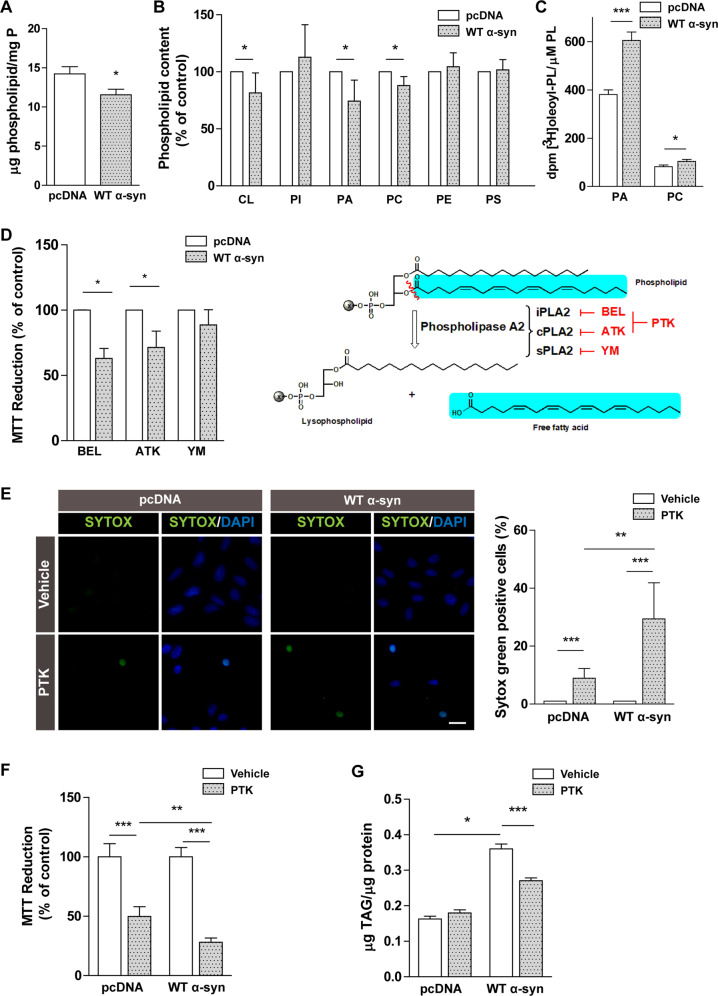Fig. 5. PL deacylation-acylation cycle imbalance causes TAG accumulation, protecting against α-syn overexpression.
A Reduction of total lipid phosphorus in cells overexpressing α-syn was determined by the method of Rouser. B PL profiles (CL cardiolipin, PI phosphatidylinositol, PA phosphatidic acid, PC phosphatidylcholine, PE phosphatidylethanolamine, PS phosphatidylserine) of pcDNA and WT α-syn cells were analyzed by TLC separation followed by lipid phosphorus determination. C [3H]-OA incorporation into PA and PC was detected in our model. D The effect of the activity of different PLA2 isoforms on cell viability was determined by the treatment with specific inhibitors: BEL for iPLA2 inhibition, ATK for cPLA2 inhibition and YM for sPLA2 inhibition. E, F iPLA2 and cPLA2 activation role during α-syn overexpression was determined through SYTOX Green staining and the MTT reduction assay using the dual inhibitor PTK. DAPI was used as nuclear marker. G The involvement of α-syn-induced PLA2 activation in TAG accumulation was assessed by TAG measurement under iPLA2 and cPLA2 inhibition by PTK in pcDNA and WT α-syn neurons. The schematic view shows the action of PLA2 on PL hydrolysis at the sn-2 position and isoform-specific inhibitors BEL, ATK and YM, and PTK, a dual inhibitor of iPLA2 and cPLA2. A–G Scale bars 20 µm. All experiments were repeated three times. Bars represent means ± standard deviation (SD, n = 3). *p < 0.05, **p < 0.01, ***p < 0.001 vs. control.

